More and more IT leaders are switching on to the fact that traditional SD-WAN doesn’t address the complete needs of the modern organisation. If you are looking at your current SD-WAN architecture and asking ‘what’s next?’ then we invite you to join us for a 60-minute webinar exploring the key differences between SD-WAN and SASE.
Join Cato Networks and its SASE-specialist partner, eSpida to understand more about the differences between SD-WAN and Secure Access Service Edge (SASE). We will talk you through everything you need to know to understand why Gartner predicts that 60% of SD-WAN users will have implemented a SASE solution by 2024.
8th December 2022, 12.30pm
As a ‘thank you’ we will send you a complimentary Christmas lunch hamper to say thank you.



